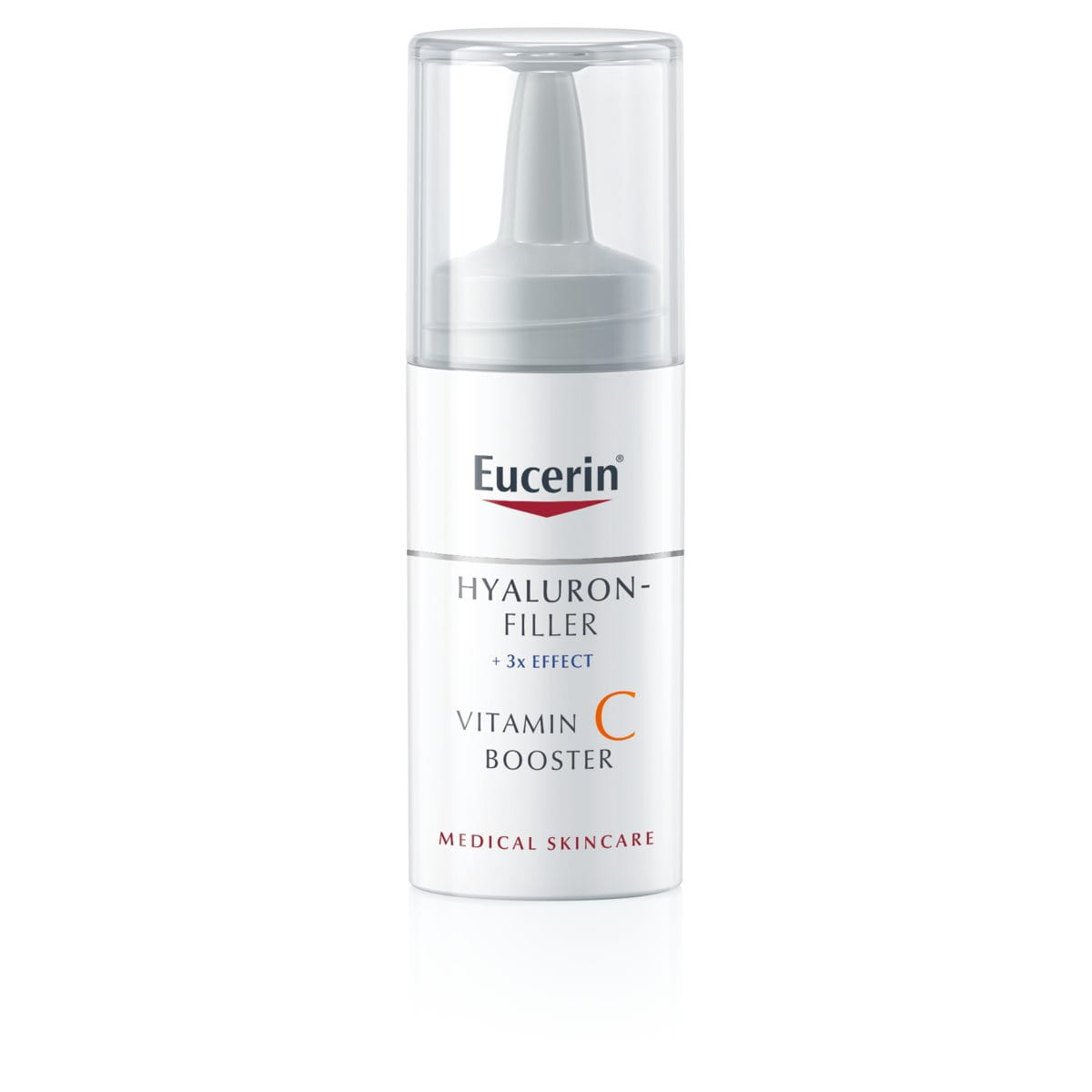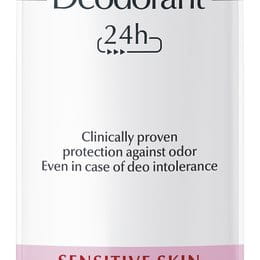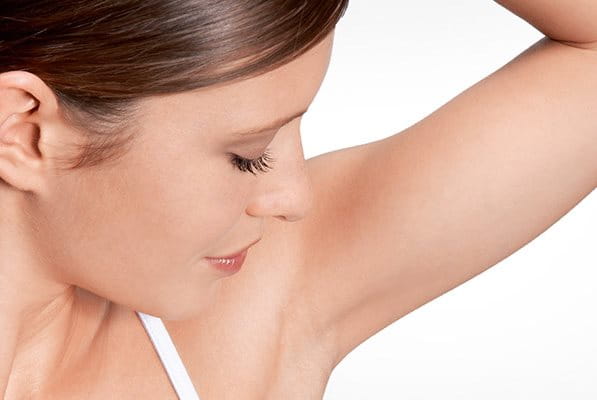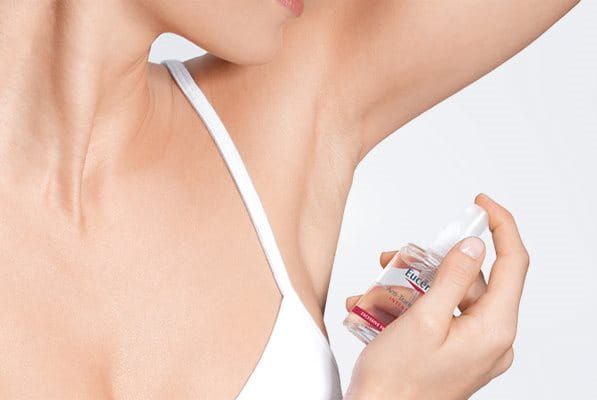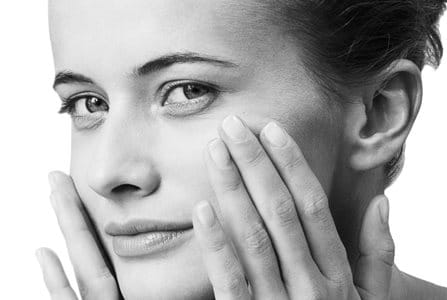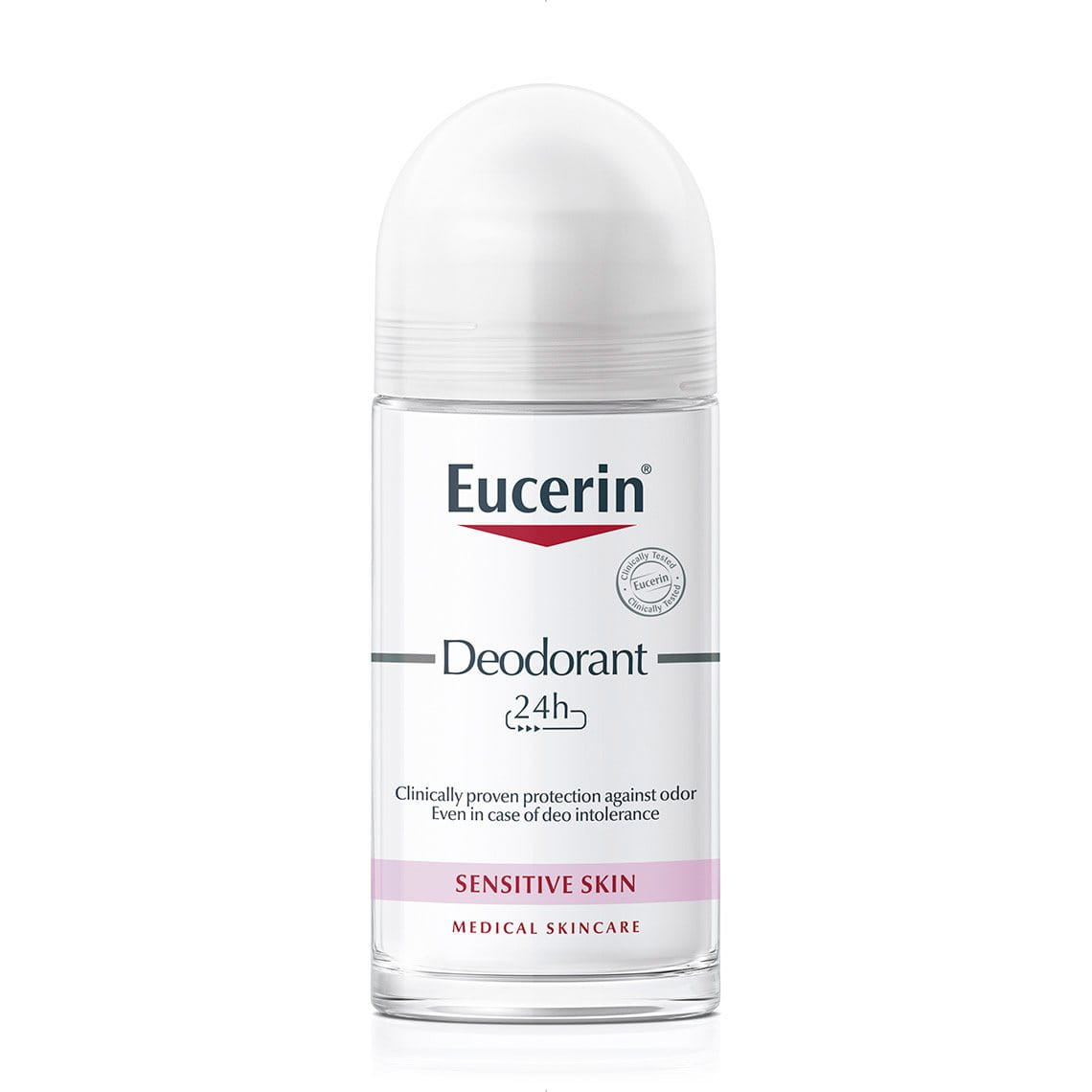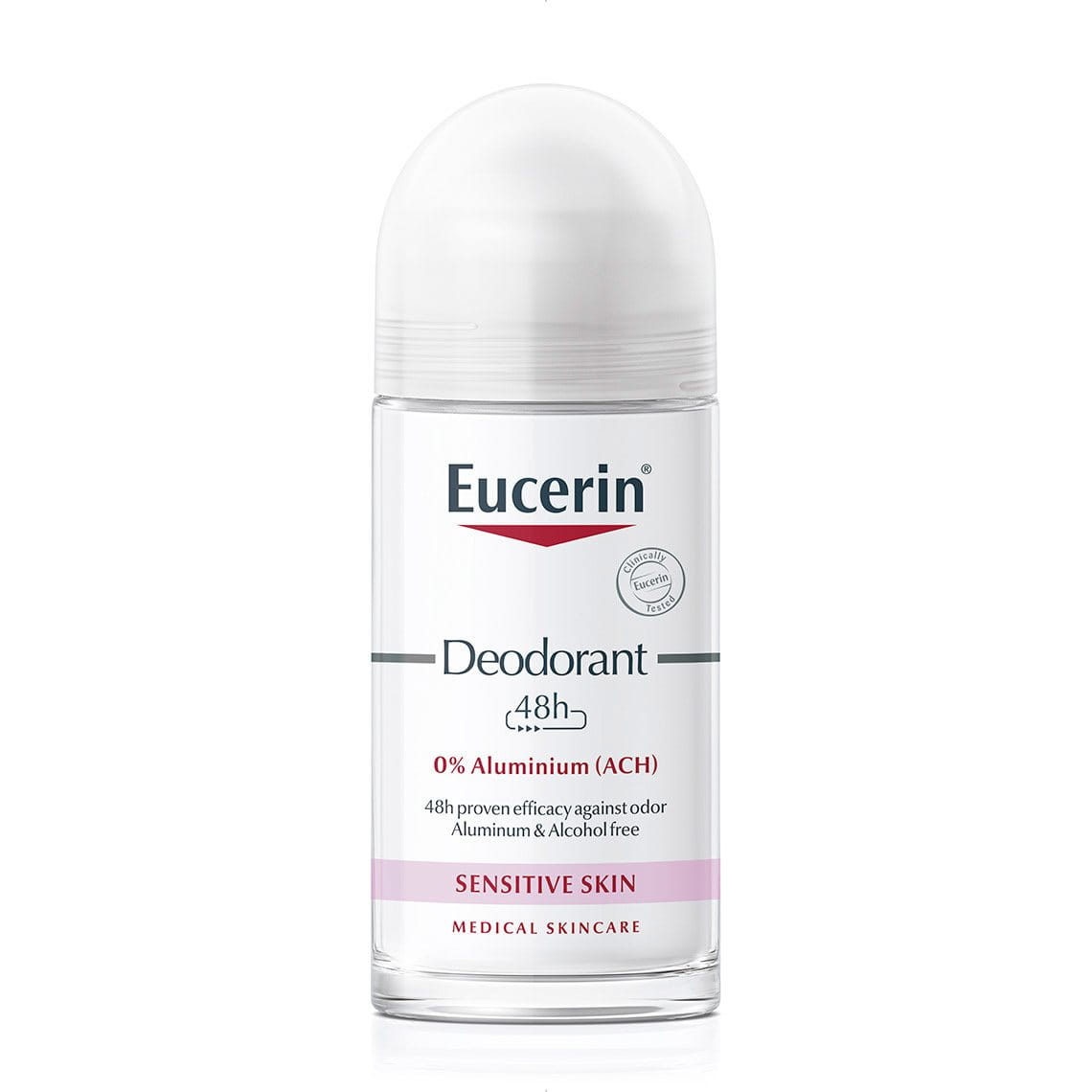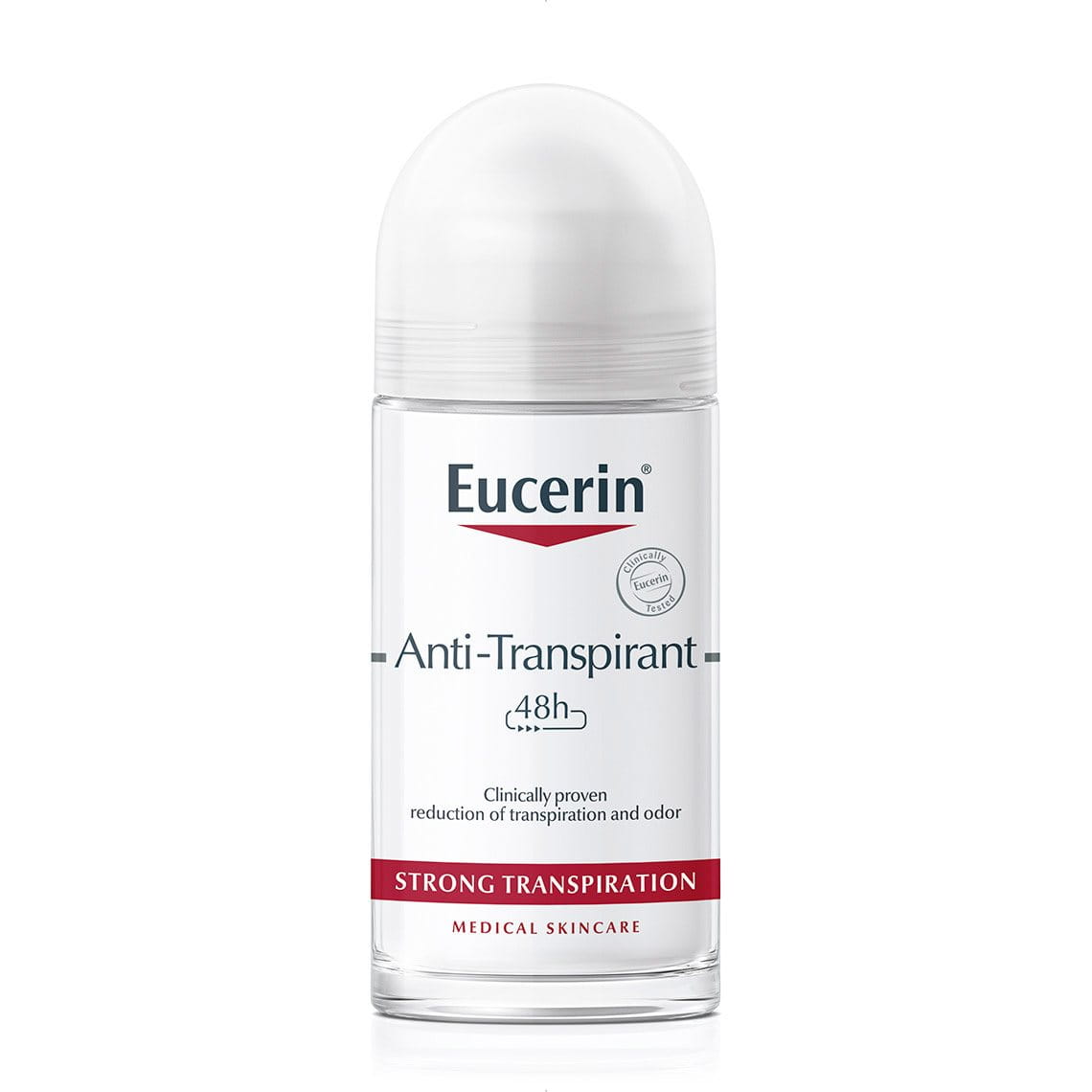Sweating, also known as perspiring, is a completely natural process. This article explains what it is, identifies the different types of sweat our body produces and looks at the steps you can take to manage sweat and prevent odor. It explores the difference between deodorants and antiperspirants so you can choose the right product for your skin’s needs.
What is sweat?
When sweat is produced, this usually means the body is doing its job of keeping you cool. In most cases, a person sweats in response to warm temperatures, exercise or certain emotional situations. As sweat evaporates from the skin it absorbs heat energy from the body and thus cools us down.
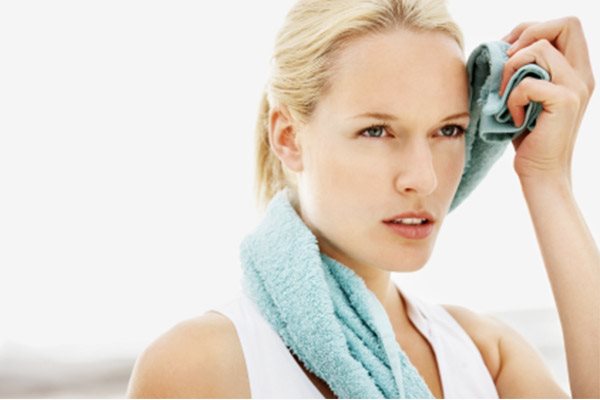
Moisture mostly appears in the armpits or on the hands and face. While entirely natural, people can find the signs of sweating unpleasant, especially wet patches on clothes. Sweat tends to be most noticeable under our arms where it is ‘trapped’ by skin and often covered by clothing.
The amount of sweat the body produces varies considerably from person to person. On average, it tends to be between 0.1l and 1l a day. Excessive sweating (perspiring and in the absence of any obvious reason) is called Hyperhidrosis.
Fresh sweat does not smell. It’s only when bacteria go to feed on the proteins and lipids contained in sweat that unpleasant and unwanted body odor occurs.
What causes and/or triggers sweating?
Sweating is our body’s natural way of cooling itself down. Our brain signals to our sweat glands when sweat it needed. That need is triggered by a variety of factors – external and internal.
Controlled by our sweat glands
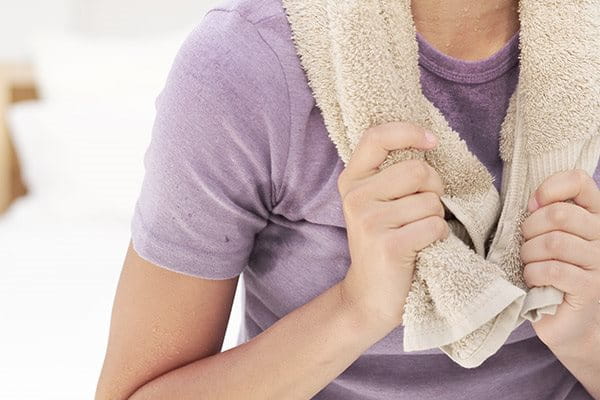

Our skin contains many different types of glands, some of which produce sweat. As soon as your brain detects that your body temperature has risen above 37°C/98,6°F, it will send signals to your sweat glands to produce and release sweat through the pores. Sweat cools the surface of skin by evaporation.
The number of sweat glands we have, and where they are located, is determined by our genetics. Each of us has between 2-4 million sweat glands and they are at their most under our arms (on average we have between 25,000 and 50,000 sweat glands in our armpits), on the palms of our hands and on the soles of our feet.
The internal and external factors that trigger sweat
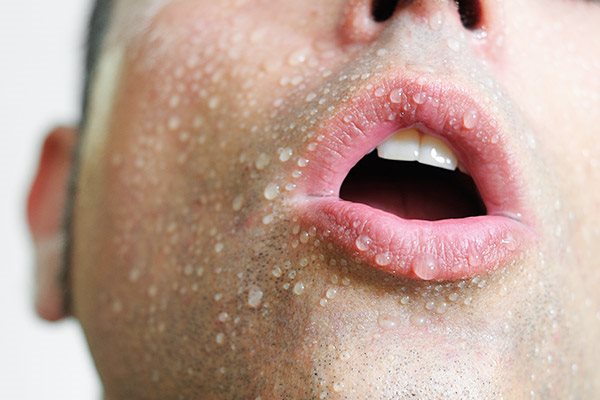
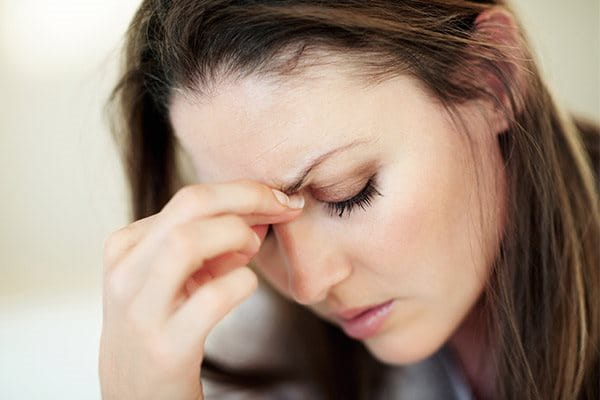
When we are hot, active, nervous or stressed, sweat glands are stimulated to produce more sweat. The following factors are known triggers:
- Physical activity
- Climate Stress or nervousness
- Hormonal changes such as puberty, pregnancy or menopause
- Some metabolic diseases (diabetes mellitus, impaired thyroid gland function)
- Certain medication
- Stimulants such as alcohol, nicotine and caffeine
- Diet: e.g. spicy food
What are the different types of sweat?
There are two different types of sweat glands on our bodies – eccrine and apocrine. Each produces a different type of sweat:
Eccrine glands
- Control body temperature: triggered by an increase in environmental temperature or physical activity (sometimes known as ‘thermal sweating’)
- Found almost all over the body
- Eccrine sweat contains 99% water and various salts and amino acids. It is usually odorless and colorless
Apocrine glands
- Concentrated in the axillary and the genital region, some in the umbilical and breast area.
- Produce sweat that is high in proteins and lipids
- Produce less sweat than eccrine glands, but apocrine sweat attracts the bacteria responsible for body odor and yellow stains on clothes
- Activated during puberty and can be triggered by stress
How can I manage sweating?
There is no “cure” for sweating, which is a completely natural bodily function, but armpit sweat and its unpleasant effects such as body odor can be reduced. If you notice that you are particularly susceptible to sweat after eating spicy food, try to adapt your diet. If caffeine or alcohol have a negative effect on the amount you sweat, try to reduce your intake and, if your medication is causing an increase in sweat production, discuss an alternative medication with your doctor.
Cosmetically, there are two ways of dealing with sweat under the arms:
- Deodorants
- Antiperspirants
How do deodorants work?
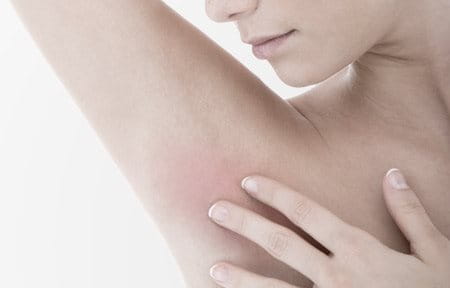
Deodorants can effectively protect against the development of body odor although they do not have a significant effect on the amount of sweat produced.
Deodorants contain substances that will either absorb the odor-producing bacteria (called bacteriostasis) or slow down their reproduction: Antiseptics reduce the number of bacteria and the creation of an acidic pH on the surface of the skin slows down the growth of bacteria.
Many deodorants also contain fragrances to mask unpleasant smells. Some people are allergic to these fragrances and other potentially irritating ingredients, such as alcohol, can cause deodorant intolerance.
How do antiperspirants work?
All antiperspirants contain aluminium salts such as Aluminium Chlorohydrate (ACH) or Aluminium Chloride (AC). These act on the eccrine and apocrine sweat glands by partially and reversibly clogging the duct of the sweat gland, thus reducing the amount of sweat that is produced. Due to the reduced formation of sweat, there is less dampness and noticeably less odor. The effects of Aluminium Chloride are longer-lasting: the complexes are smaller than ACH so can penetrate even deeper into the sweat ducts, keeping them closed for longer.
In most cases antiperspirants offer effective protection in cases of heavy and excessive sweating. If even highly effective antiperspirants do not offer enough protection from sweating, then you may well have a condition known as Hyperhidrosis.
Antiperspirant vs deodorant: what is the right product for me?
Choose a product that addresses your primary concerns regarding sweating, that matches the level of sweat your body produces and that is appropriate for your skin type and condition. The Eucerin range includes products suitable for all skin types and needs:
Eucerin deodorants
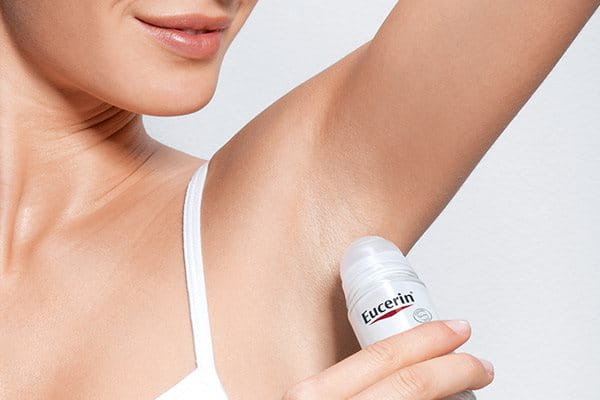
Eucerin deodorants have been specially formulated to be well tolerated by sensitive skin so they’re ideal if you experience light to moderate sweating and are prone to deodorant intolerance or have a skin condition such as Atopic Dermatitis. Both Eucerin 24h Deodorant Sensitive Skin Pump Spray and Eucerin 24h Deodorant Sensitive Skin Roll-On offer 24-hour odor protection. They’re perfume- and alcohol-free. If you prefer a product without aluminium, try Eucerin 48h Aluminium-Free Deodorant Sensitive Skin Roll-On which contains a subtle fragrance and leaves skin feeling fresh and protected.
All three have been clinically and dermatologically proven to be suitable for sensitive skin including skin with Atopic Dermatitis.
Eucerin antiperspirants

Eucerin antiperspirants work to reduce and prevent sweating and are ideal for those who experience heavy or excessive sweating.
Eucerin 48h Anti-Transpirant Roll-On contains Aluminium Chlorohydrate and offers 48-hour protection from heavy sweating and odor. Eucerin 72h Anti-Transpirant Intensive Pump Spray contains both Aluminium Chlorohydrate (ACH) and Aluminium Chloride (AC) and is clinically proven to offer effective protection against odor for 72 hours. It is ideal for those who experience excessive sweating. Both products are lightly fragranced.
Our brand values

We deliver a holistic dermo-cosmetic approach to protect your skin, keep it healthy and radiant.

For over 100 years, we have dedicated ourselves to researching and innovating in the field of skin science. We believe in creating active ingredients and soothing formulas with high tolerability that work to help you live your life better each day.

We work together with leading dermatologist and pharmacist partners around the world to create innovative and effective skincare products they can trust and recommend.


